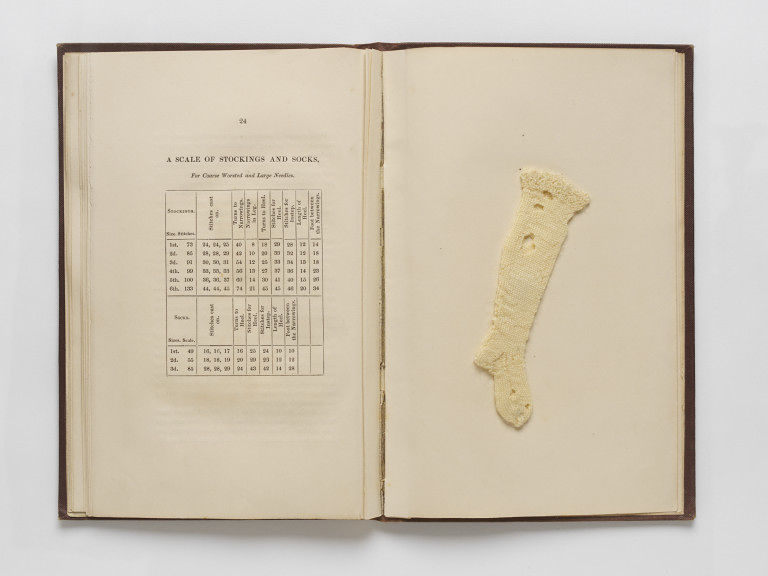MA
History dissertation finally finished. The submitted title was "Knitting
as a leisure activity for early Victorian middle-class women 1837-1851".
The research confirmed the initial peak of knitting book publishing was in the
1840s, with the exception of the 'Knitting Teachers Assistant' which seems to
have first been published in 1817. The digitisation of books over the last 20
years, and the increase in catalogued archive contents has increased the
availability of copies of knitting books from the nineteenth century. There
were several books published that included reference to Queen Victoria and the
Great Exhibition in their title. There seems to be a correlation with the most
prolific and successful authors of knitting books also being being shop owners
for wool warehouses that also teach knitting and crochet. I've found lots of
interesting information about the author Frances Lambert, and found no evidence
that Miss Frances Lambert is related in any way to Miss A Lambert. Now the dissertation
is written and submitted I'm going to work through the notes to write a
less-academic, more everyday-readable version of the interesting findings. Some
I will submit to the Knitting and Crochet Guild newsletter, and others will
appear here. What I certainly found is that the prefaces of Victorian knitting
books contain a wealth of information about the authors and the social changes
occurring at the time, and I would encourage their use for other researchers to
ponder.
Here are
a few prefaces that can be read online:
The
ladies' knitting and netting book, 1838
The
lady's assistant for executing useful and fancy designs in knitting, netting
and crotchet work, Mrs Gaugain, 1840
My
knitting book, Miss Lambert, 1844
The
illuminated book of needlework: comprising knitting, netting, crochet and
embroidery, Mrs Henry Owen, 1847
The
workwoman's guide, containing instructions to the inexperienced in cutting out
and completing those articles of wearing apparel, &c., which are usually
made at home; also, explanation on upholstery, straw-platting, bonnet-making,
knitting, &c., by a lady, 1838




